Evaluating OHS: Temporary Agency vs Direct Hiring Employer Practices
VerifiedAdded on 2023/06/12
|12
|421
|138
Report
AI Summary
This report examines the occupational health and safety (OHS) implications of using temporary agencies versus direct hiring by employers. It highlights that while temporary agencies offer cost and time efficiency, they can lead to inadequate training and information incongruity, posing risks to worker well-being. Direct hiring ensures competent staff, safe work systems, and comprehensive training but may strain resources. The report recommends appropriate agency selection, regular communication, and a shift towards direct organizational recruitment to mitigate these risks. Key discussion questions address how employers can avoid reliance on temporary agencies without overextending resources, factors to consider when developing recruitment policies, and necessary amendments to Australian law to promote direct employer recruitment practices. The report cites several sources discussing OHS management, the impact of heatwaves on worker safety, and the complexities of safety compliance.
1 out of 12
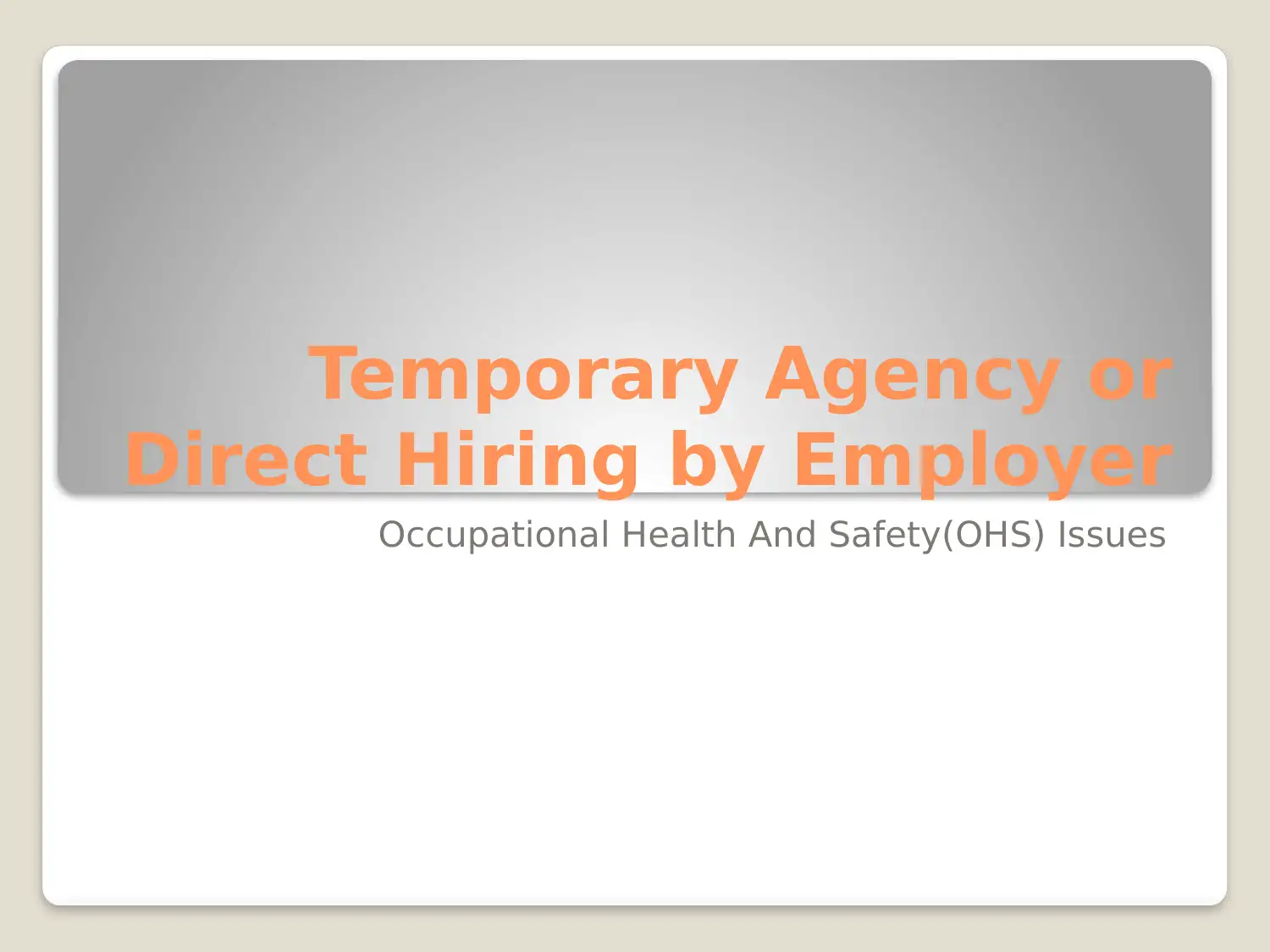
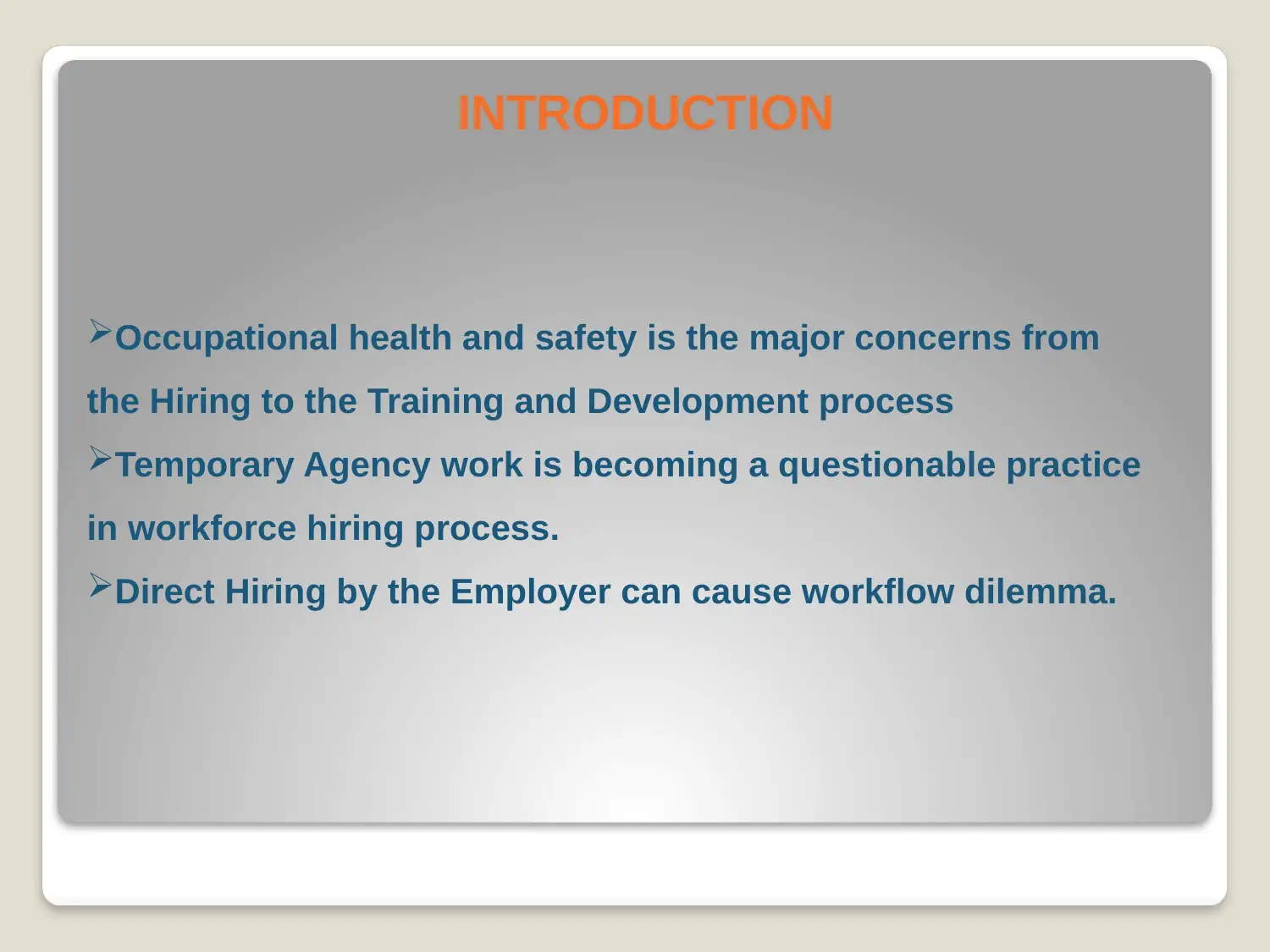
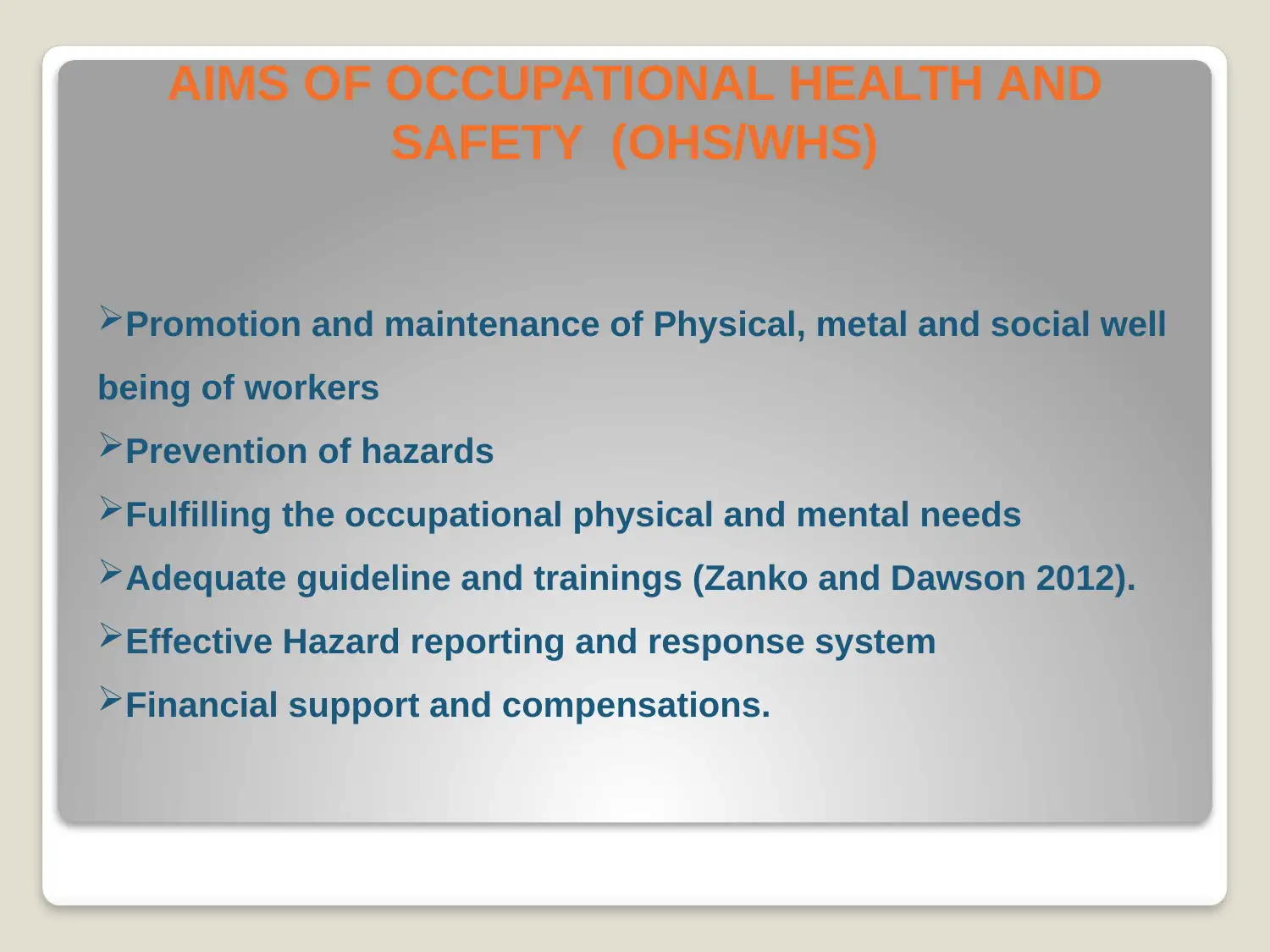

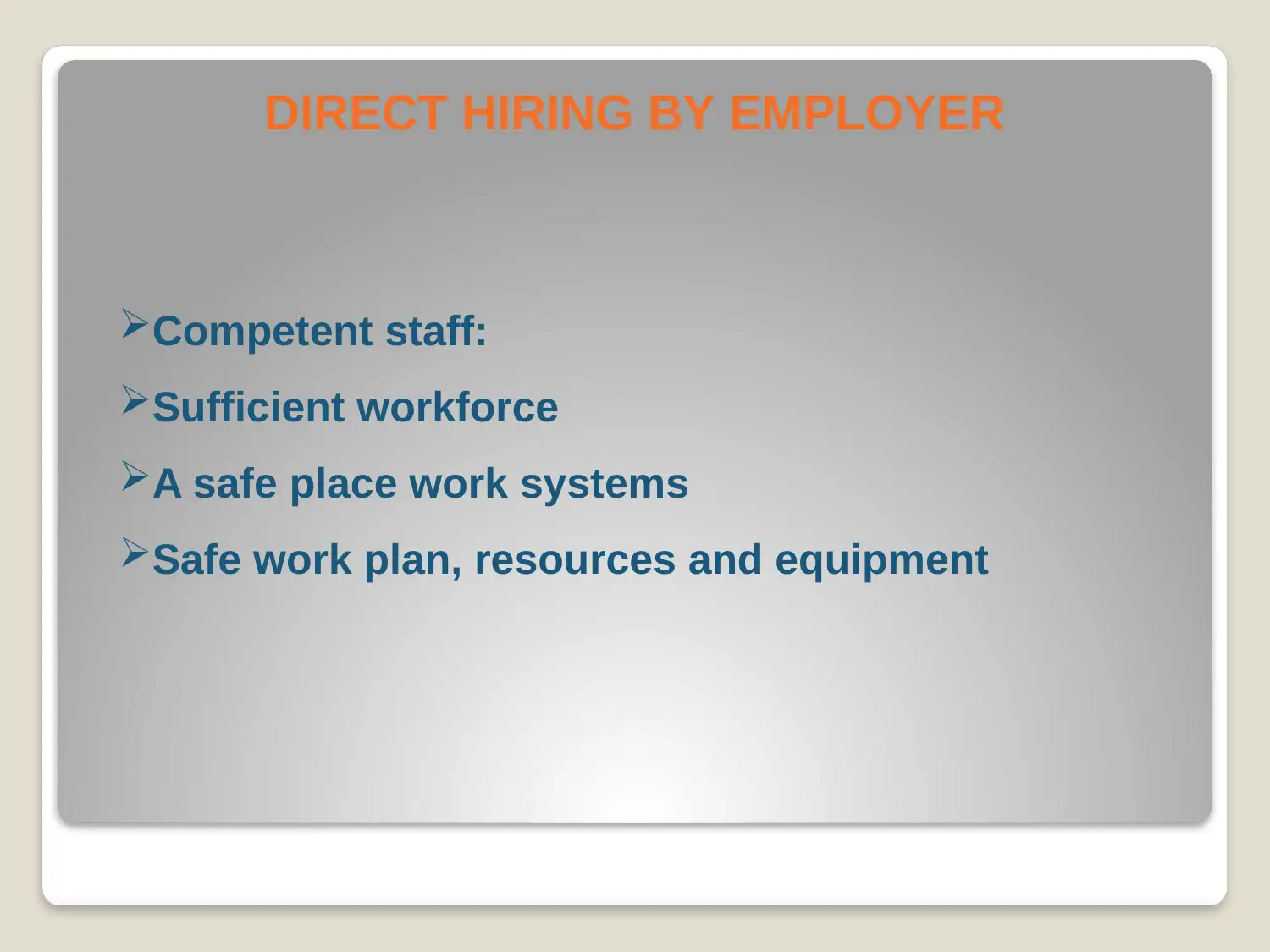
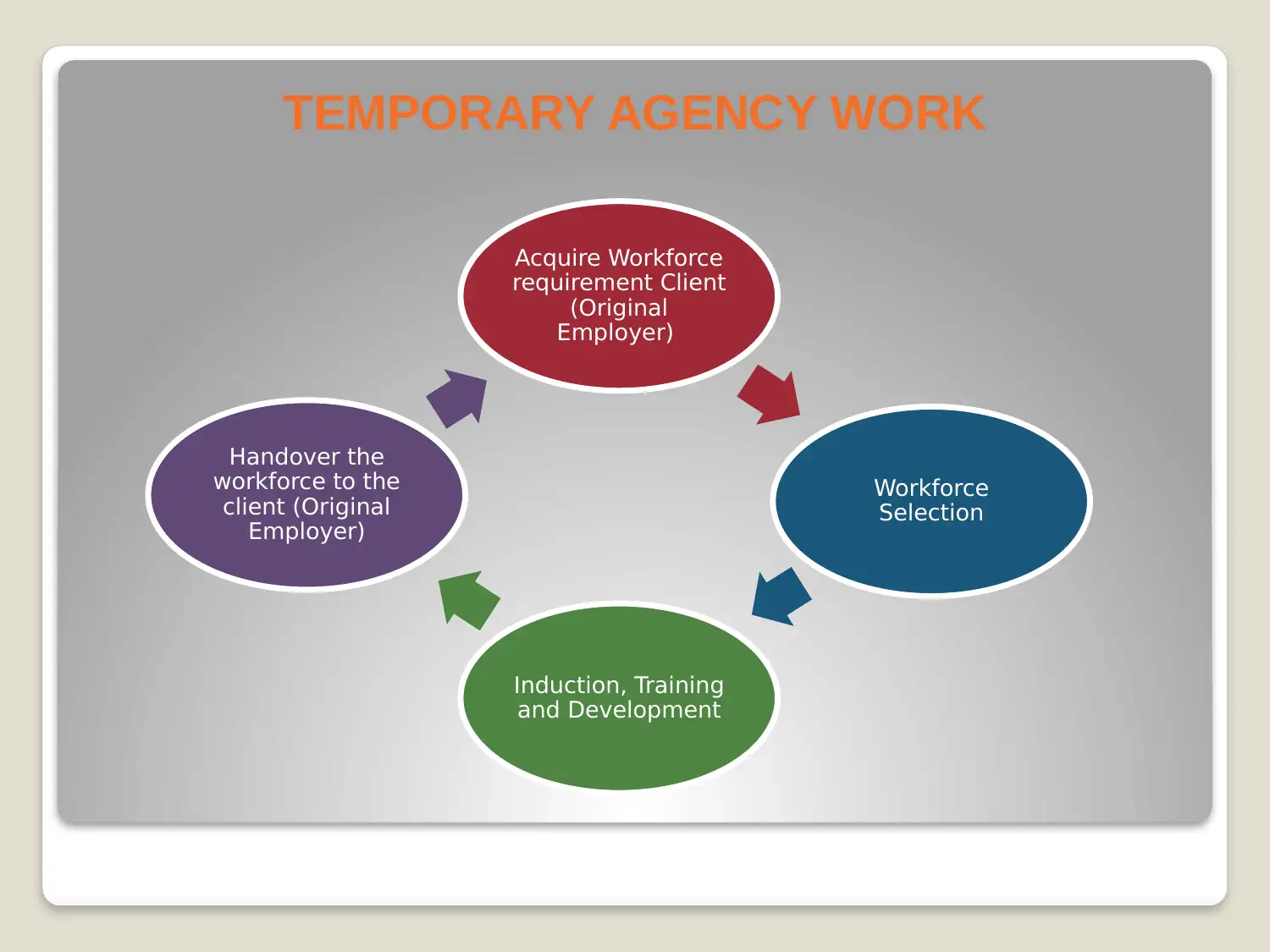
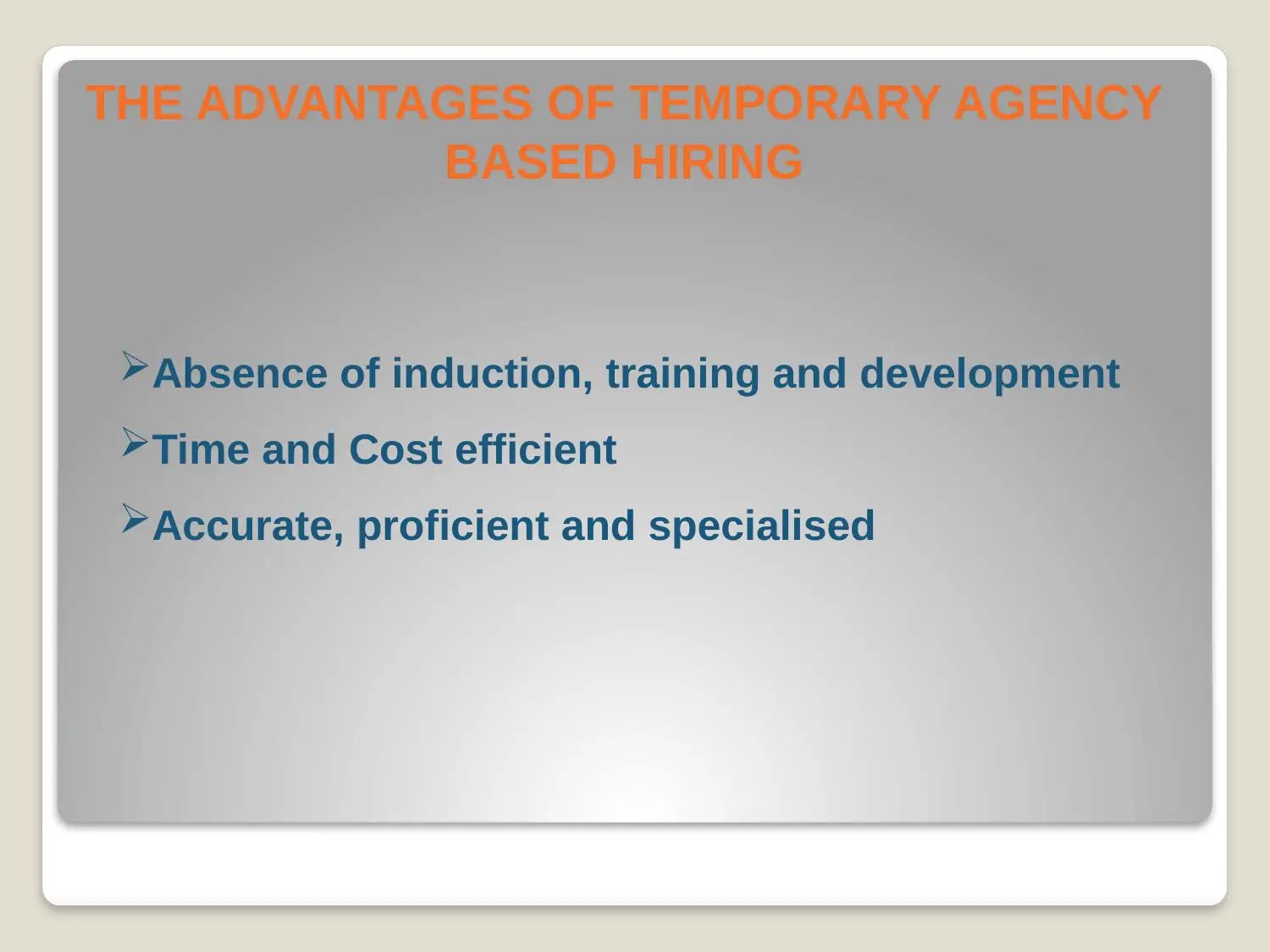
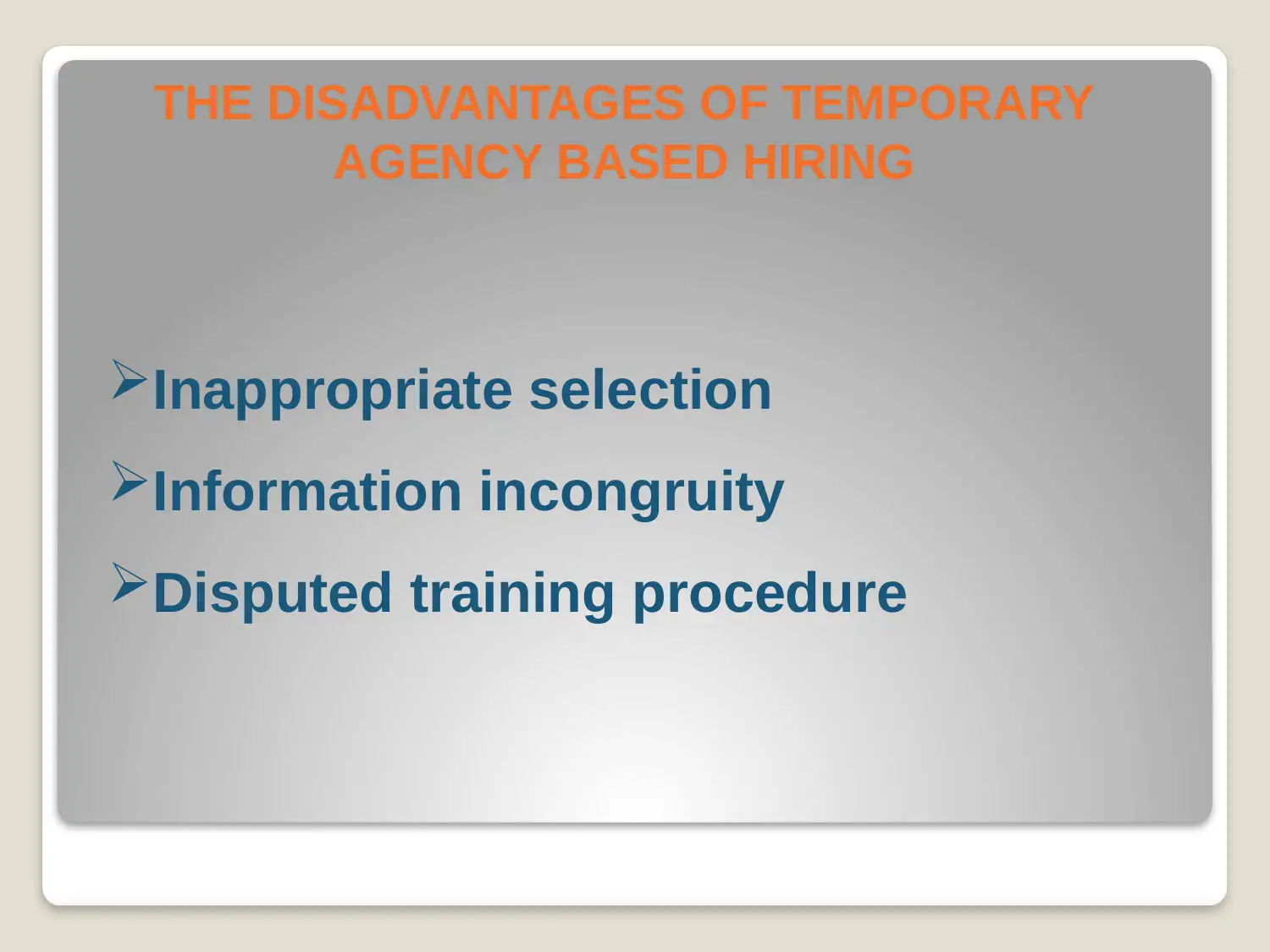
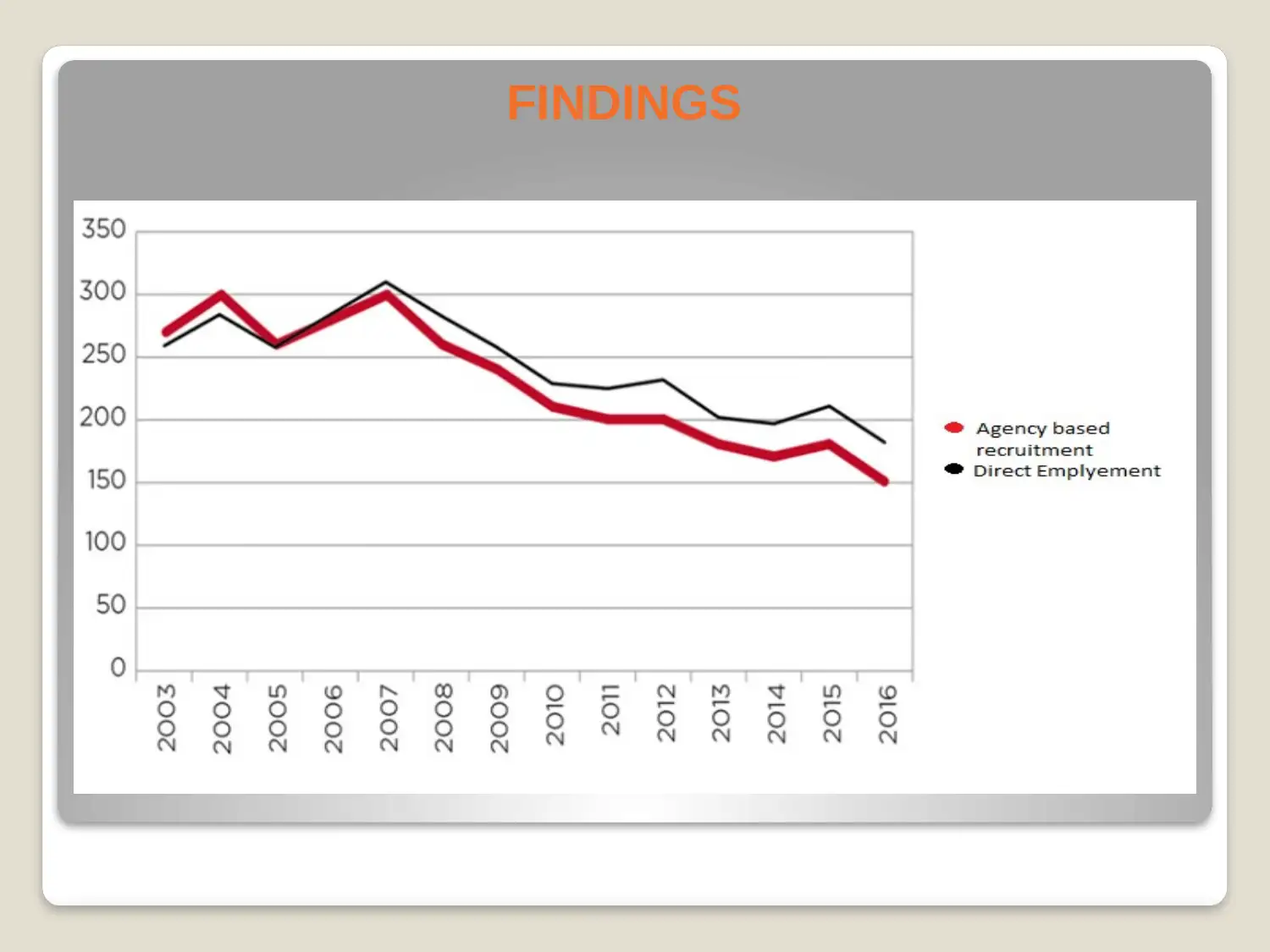
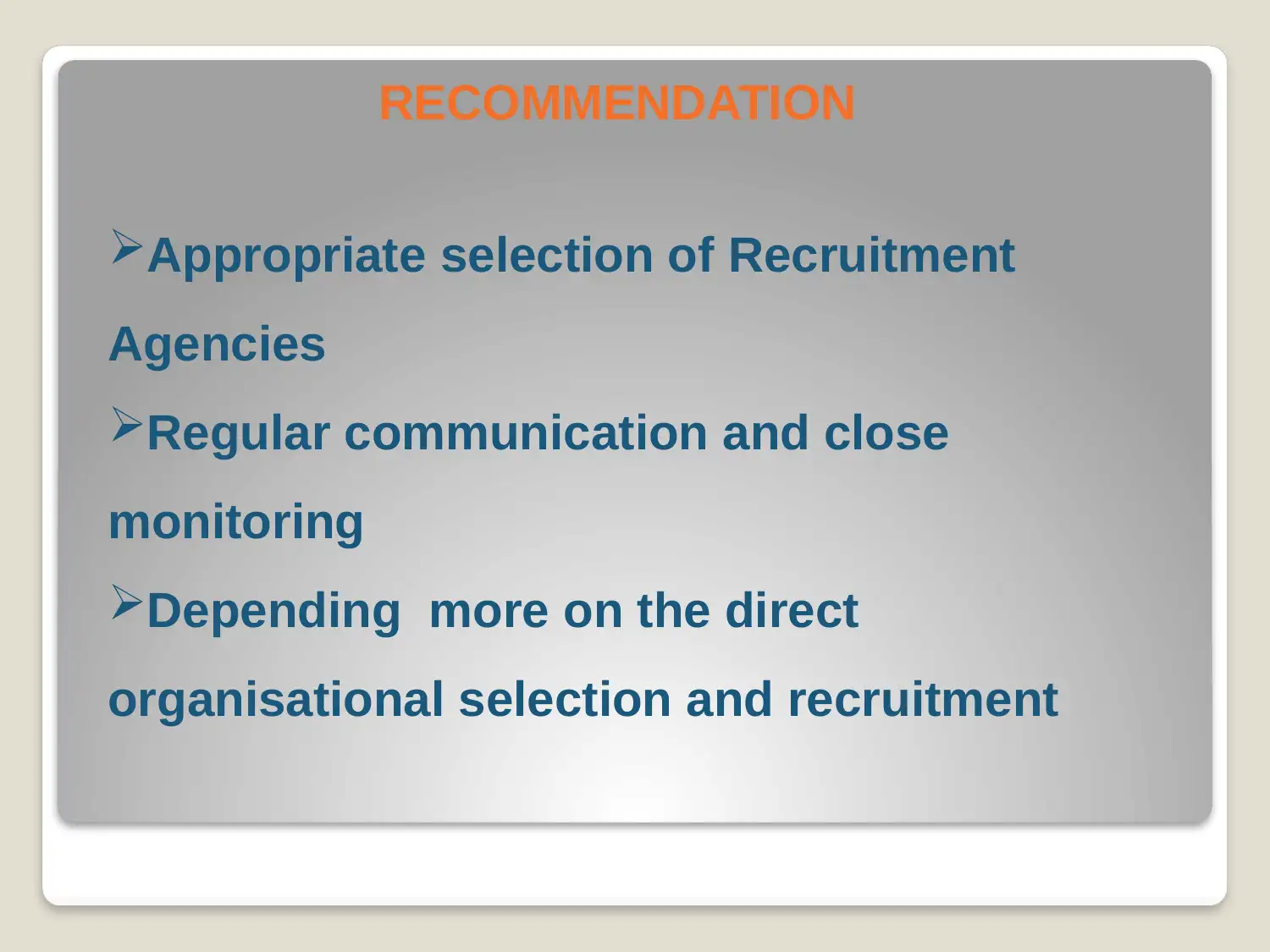
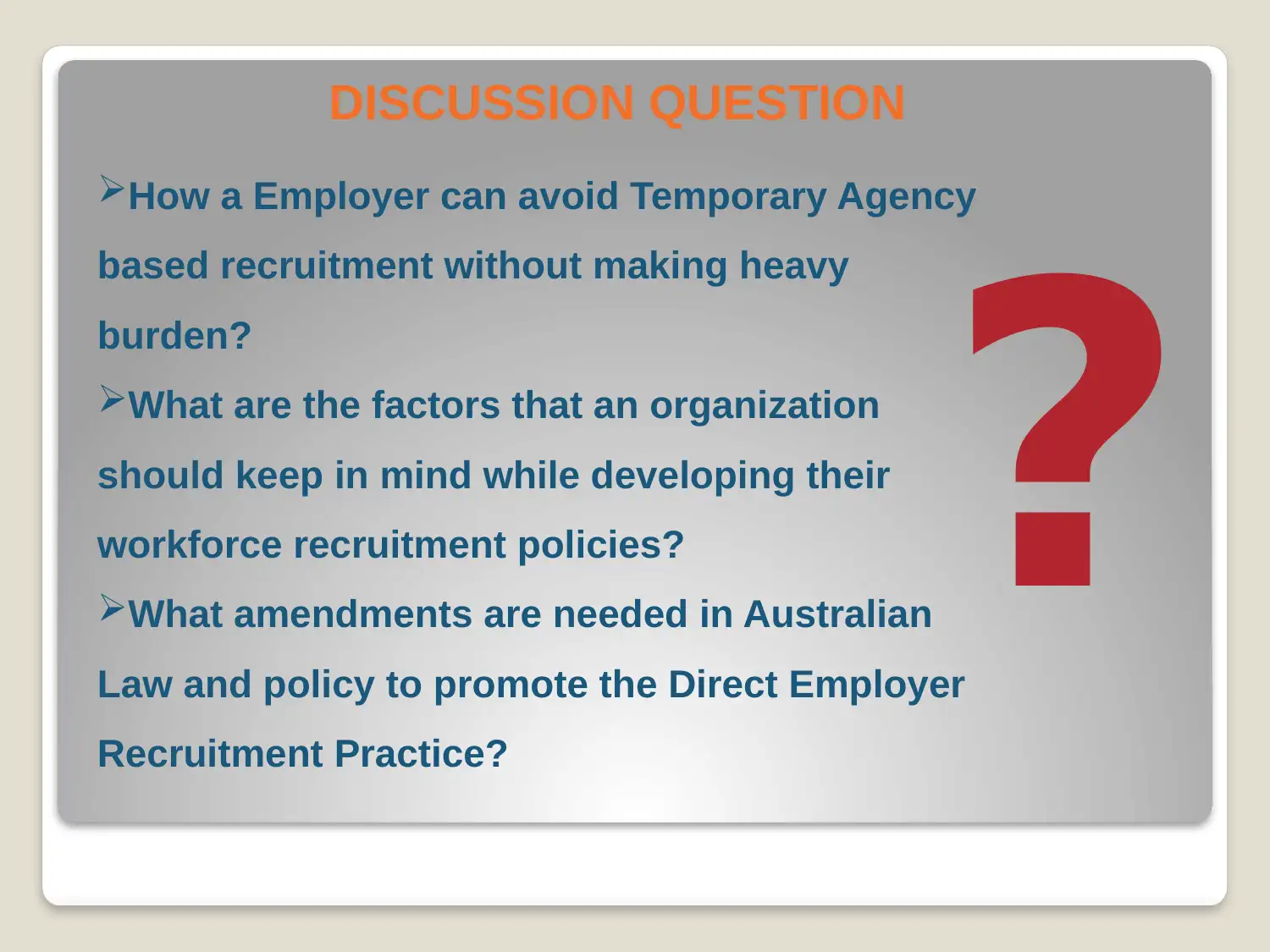
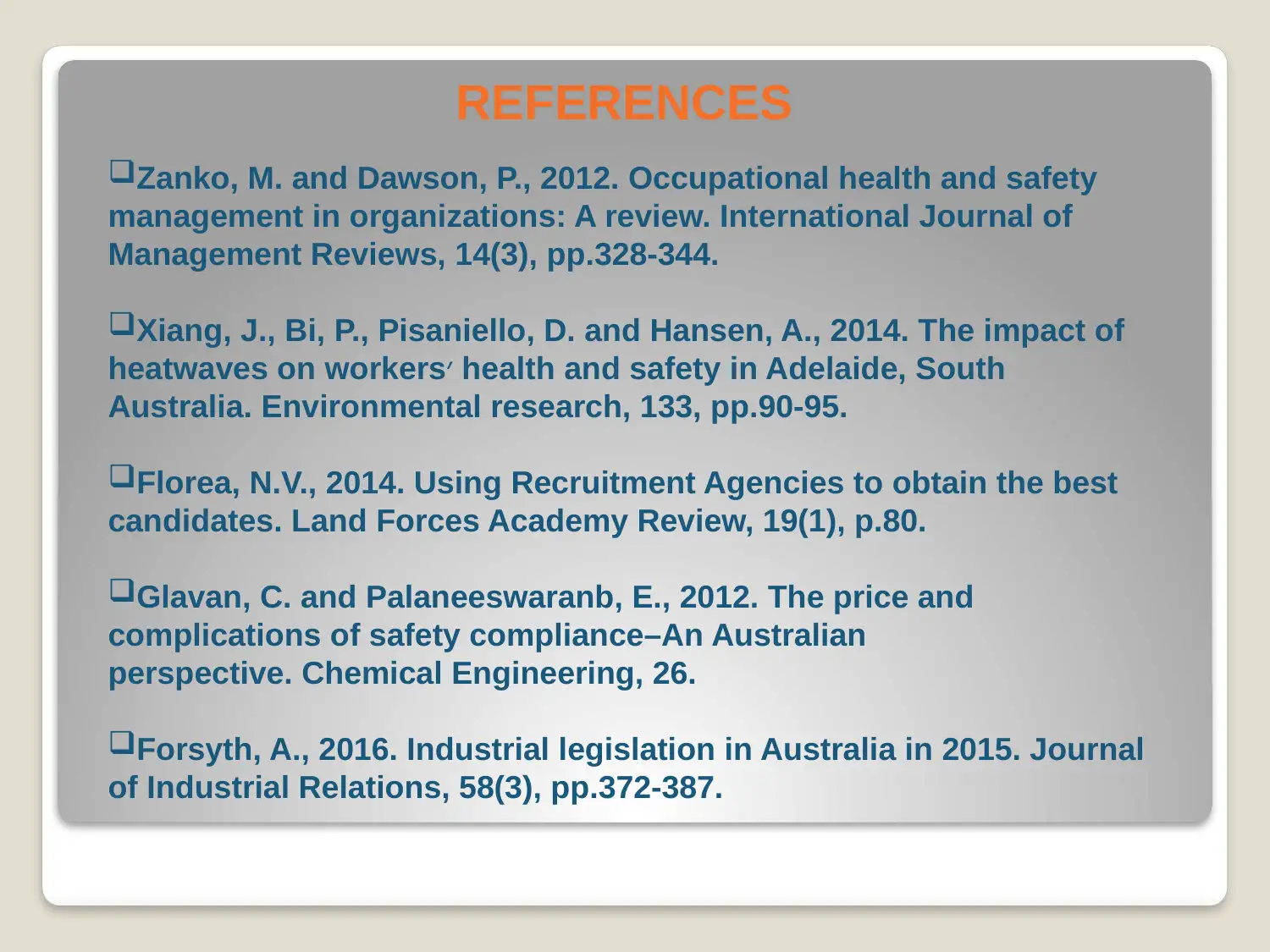







![[object Object]](/_next/static/media/star-bottom.7253800d.svg)